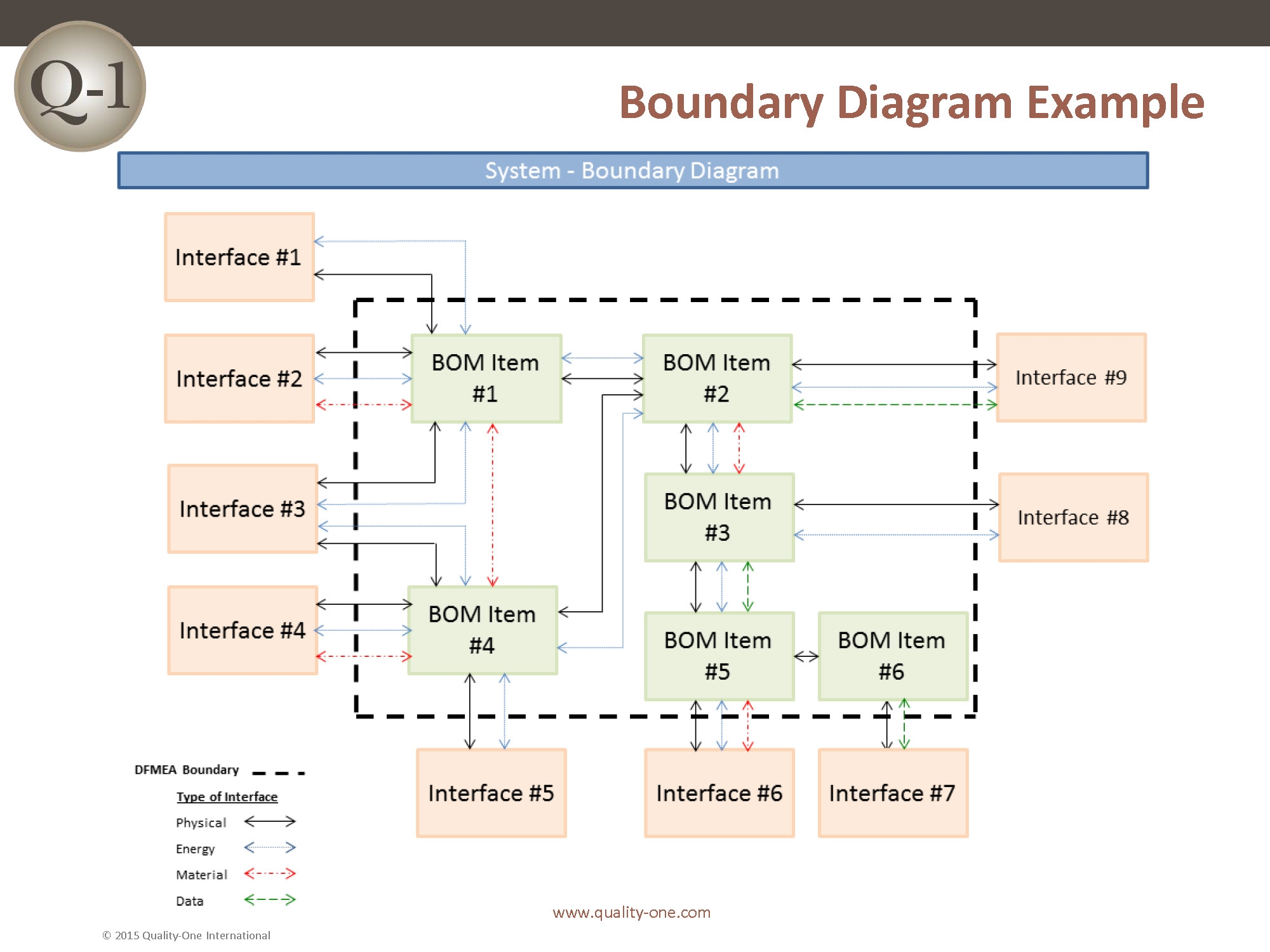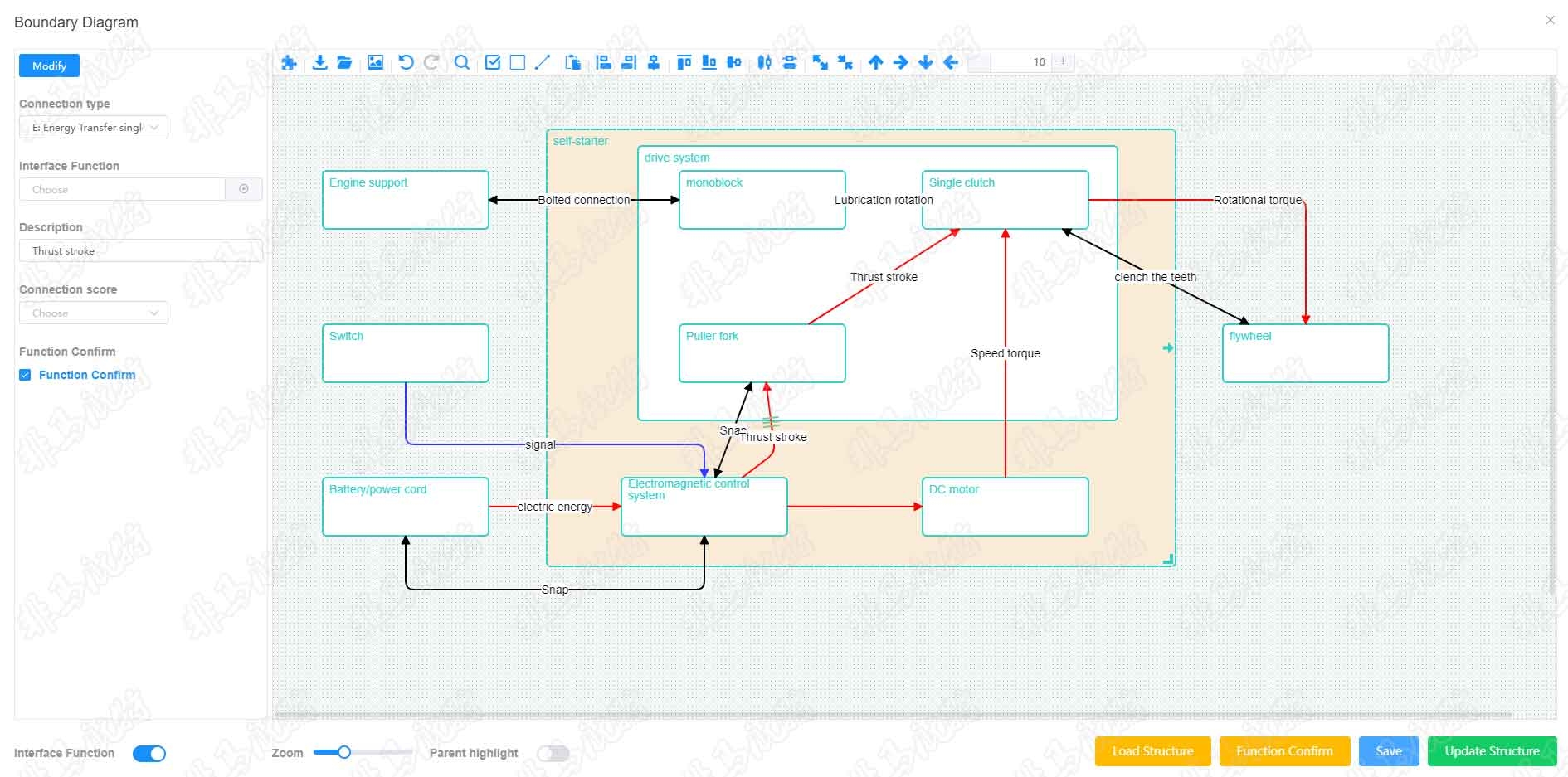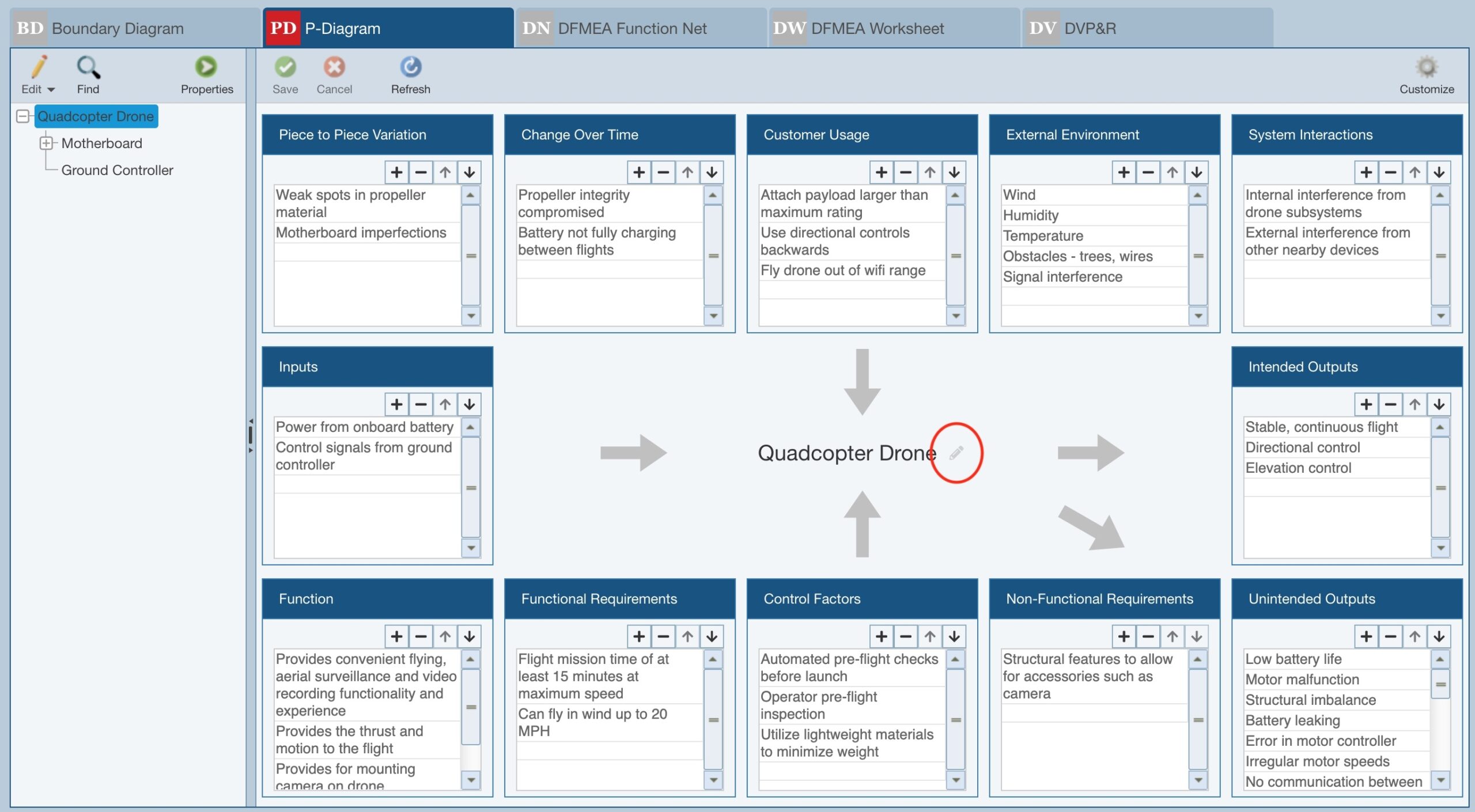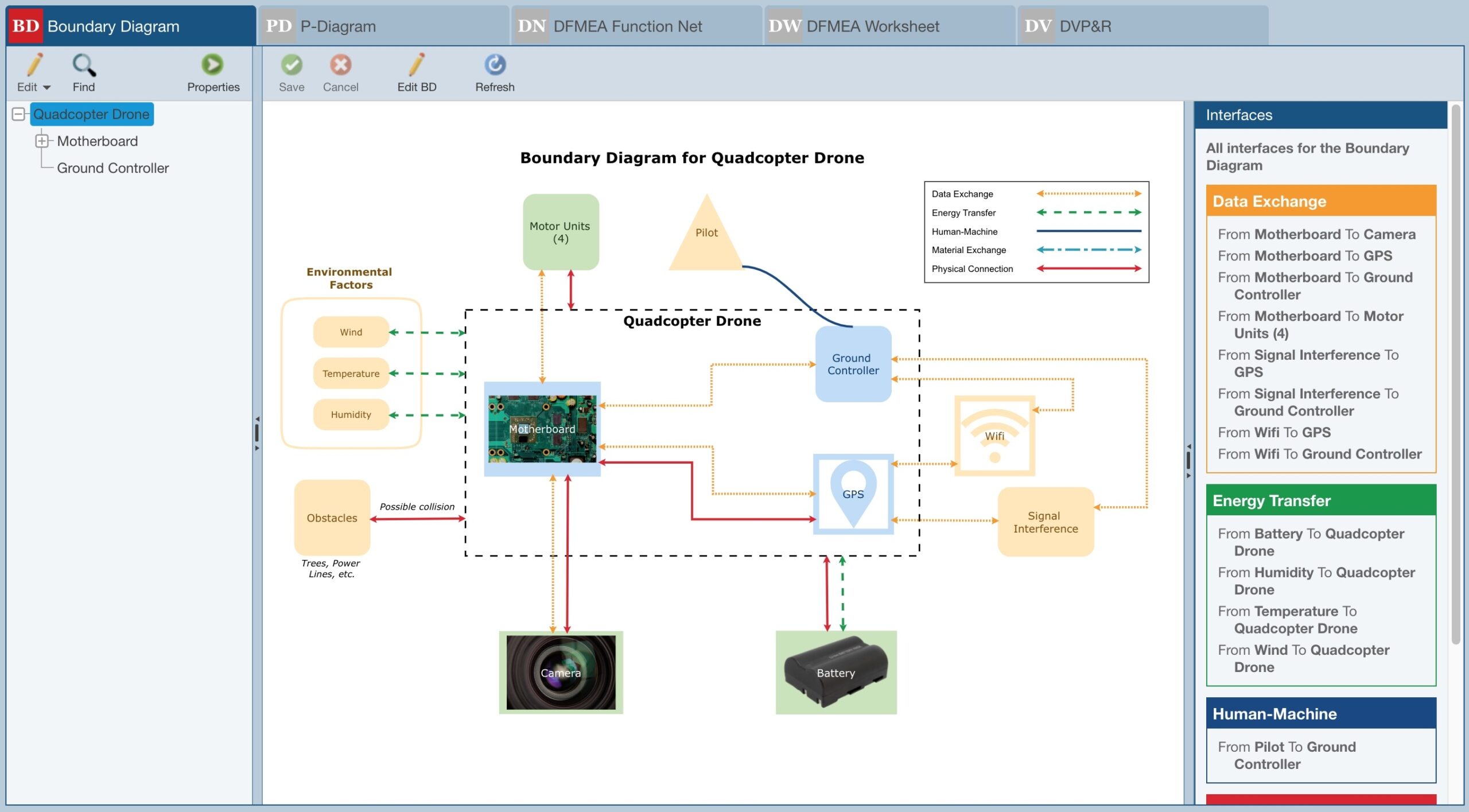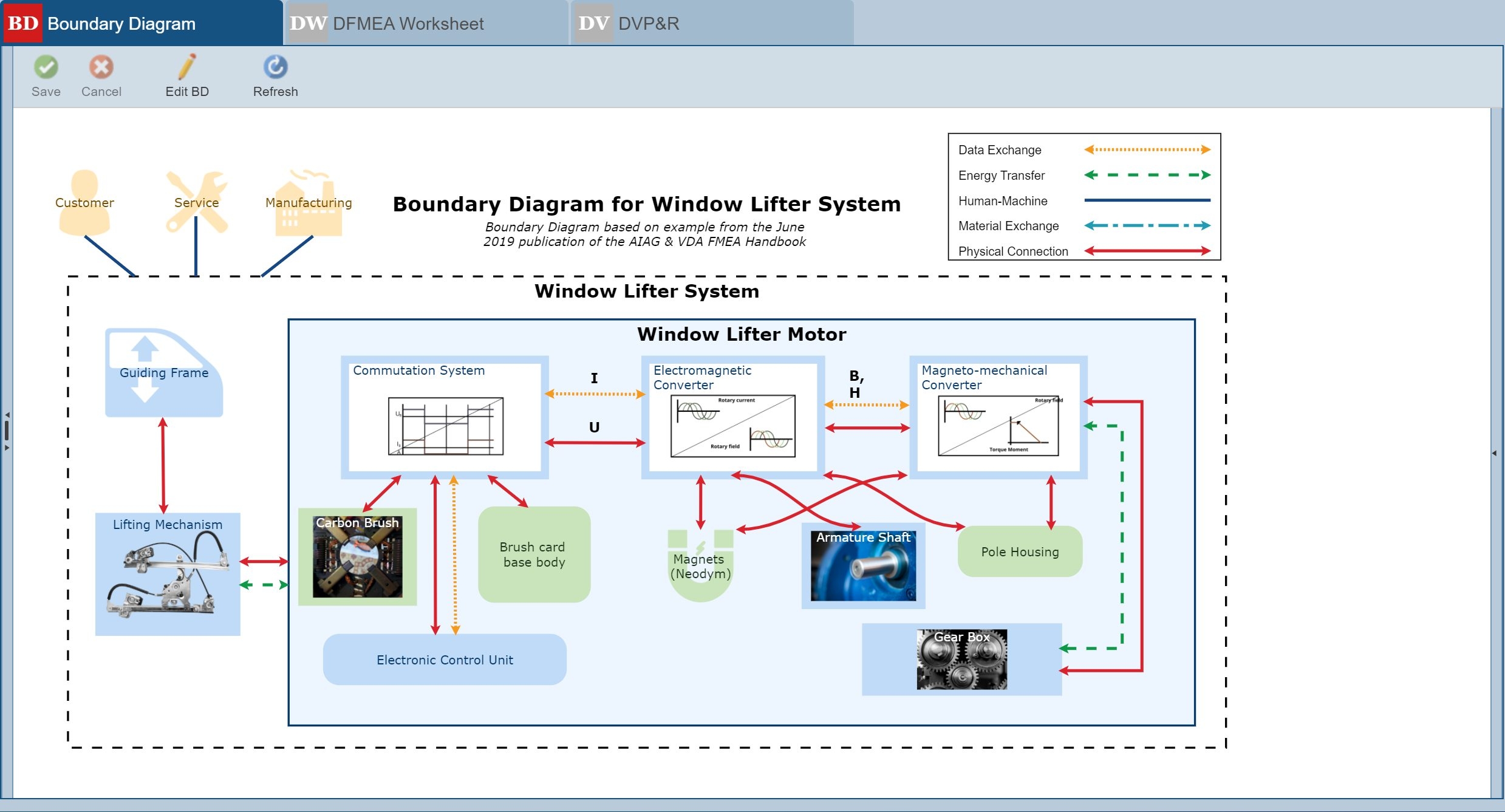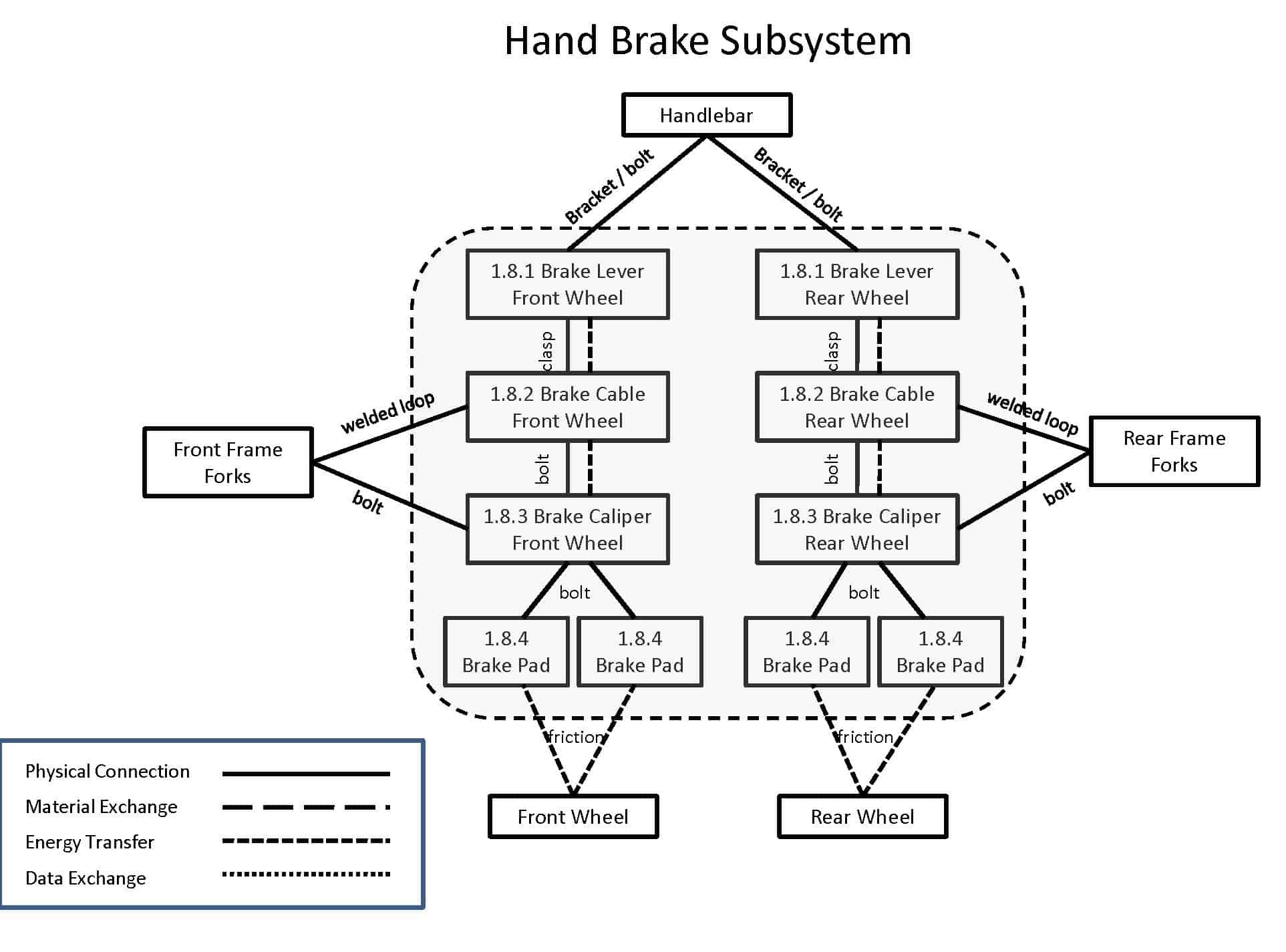When it comes to creating a boundary diagram FMEA template, it’s essential to have a clear understanding of the process. This template helps identify potential failure modes and their effects on a system, allowing for proactive measures to be taken.
By using a boundary diagram FMEA template, teams can visualize the boundaries of a system and how different components interact with each other. This helps in identifying potential failure modes and their causes, allowing for effective risk mitigation strategies to be put in place.
Boundary Diagram Fmea Template
Creating a Comprehensive Boundary Diagram FMEA Template
Start by defining the boundaries of the system and identifying the key components involved. Then, list out all potential failure modes and their effects on the system. Prioritize these failure modes based on their severity and probability of occurrence.
Next, determine the potential causes of each failure mode and assess the current controls in place to prevent these failures. Develop action plans to address high-priority failure modes and implement monitoring mechanisms to track the effectiveness of these measures.
Regularly review and update the boundary diagram FMEA template to ensure it remains relevant and up-to-date. By continuously improving the template, teams can effectively manage risks and enhance the overall reliability and performance of the system.
In conclusion, a boundary diagram FMEA template is a valuable tool for identifying and mitigating potential risks in a system. By following a structured approach to create and maintain this template, teams can proactively address failure modes and ensure the system operates efficiently and safely.
FMEA Hunter Boundary Diagram
Performing A DFMEA
DFMEA Boundary Diagrams
PFMEAs DFMEAs FMECAs Software For SAE AIAG VDA MIL U0026 ISO
FMEA Q And A FMEA Boundary Diagram
